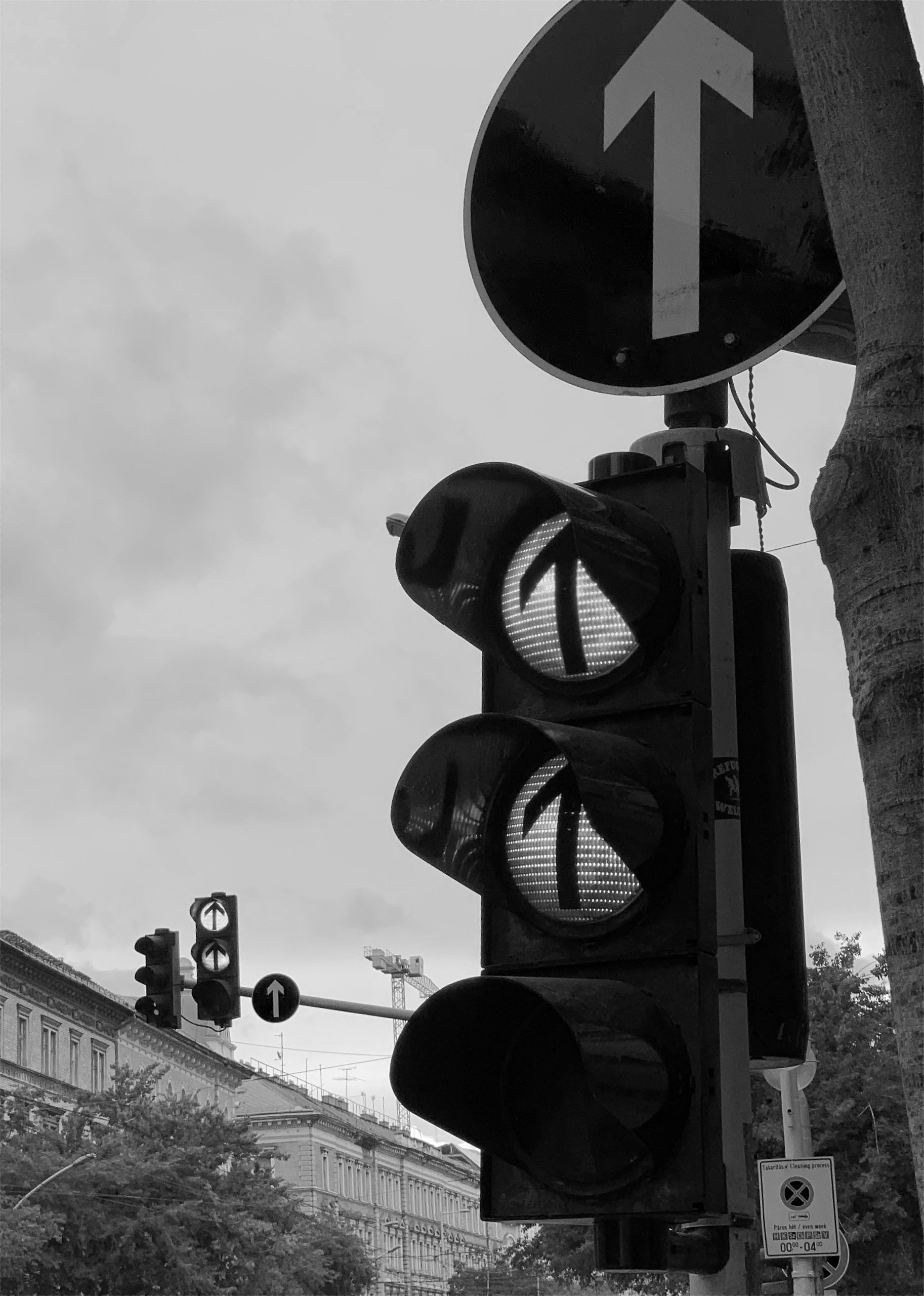Fake news has been with us for many years, but they have never spread so fast as today. People are overwhelmed by a huge amount of information every day, and distinguishing between fact and subjective opinion or manipulation is getting more and more difficult. Moreover, some news can turn out to be a total falsification.
What is fake news and why is it so dangerous?
Fake news is false information that is mostly used to cause a sensation, manipulation, or even unfair promotion of a product or service. We can find fake news not only on the internet but also in newspapers, leaflets, or simply in a form of false gossips. Some materials can contain an element of truth, in order to gain confidence but often are embellished or presented in the wrong context that leads the reader to incorrect thinking. Internet users call this situation a half-truth.
Spreading false information might have tragic consequences, leads to collective panic, aggression, and division in society. In extreme cases, they may also be a direct threat to the life or health of the recipient.
WE NEED TO PREVENT IT!

Below I present a few tips which will help you to recognize fake information on the Internet:
- Double-check the website address! Remember to make yourself sure that the page on which you read the information looks legitimate and its address has no spelling errors. Often, false information is published on quickly created and carelessly maintained websites. Such pages can often contain a huge amount of annoying ads and also they rarely run smoothly.
- Who is the author? Check who is the author of the published text, video, or photography. Is this information given under the publication, or maybe in the contact sessions? If you can find more data about the author on the Internet, let’s check who is that person. What are his background and beliefs? Then it might be easier to decide if the owner is really objective.
- Search other sources! if you found information that has intrigued you, check its correctness also in other sources. Is it described in these other sources in the same way? Other media can present the same news in a different light. Therefore, it is so important to compare at least two sources? If you know several foreign languages, try to can check what the media writes in different countries!

- Always check the date of the article. Make sure that the article you have read is not out of date. Sometimes you can see an article about a shocking catastrophe, but only at the end, it turns out that it is an old publication or a description of past events. Currently, the world is struggling with many problems, so it is not worth worrying about the incidents of the past.
- Check if the publication is not an intentional joke. There are many websites and social media channels that are set up only for fun and such information is usually given in them. However, when people share their content with others, they can sometimes forget to mention that it is just a joke.
- Don’t rely only on the picture. The first thing we usually notice is photography. A great picture can express more than 1000 words, so it is very important to make sure that it is not used for manipulation. Increasingly pictures of catastrophes, protests, etc. that were taken many years ago are used in articles describing current events, which makes us misjudge the scale of the situation. Nowadays, the editing tools allow graphic designers to add or remove selected elements from a picture in an unnoticeable way for most of the audience. That’s why it is worth checking it in Google Photos Search because it may turn out that a searched photography was taken 5 years ago or was edited.

- Don’t hesitate to ask a specialist. Sometimes it’s enough to ask someone from our family or friends who has adequate knowledge to quickly prove to us that the information is not real or embellished.
- Remember to always go through the whole article or video! Don’t stop after the headline and the first few sentences. They are crucial for the author and allow him to gain attention and as many clicks on the link as possible (so-called clickbait). Very often it turns out that the use of a false or controversial title is explained later in the publication, but unfortunately not everyone gets there.
- Reflekt on what kind of emotions the given news has awakened in you! Whether it is panic, fear, or maybe aversion for a given social group, use your critical thinking and consider if the publication has informational purposes only.
Always remember! never pass on the information if you are not sure of its accuracy. We care about our families and friends so obviously we want to warn them in case of any danger to protect their safety and health. Unfortunately, some media can use this fact to spread collective panic and disinformation. Luckily we can easily prevent this from happening by checking the information with the help of the advice provided above. Notice how reading positive or negative news can affect your mood, and don’t let anyone ruin your day by spreading false information!



